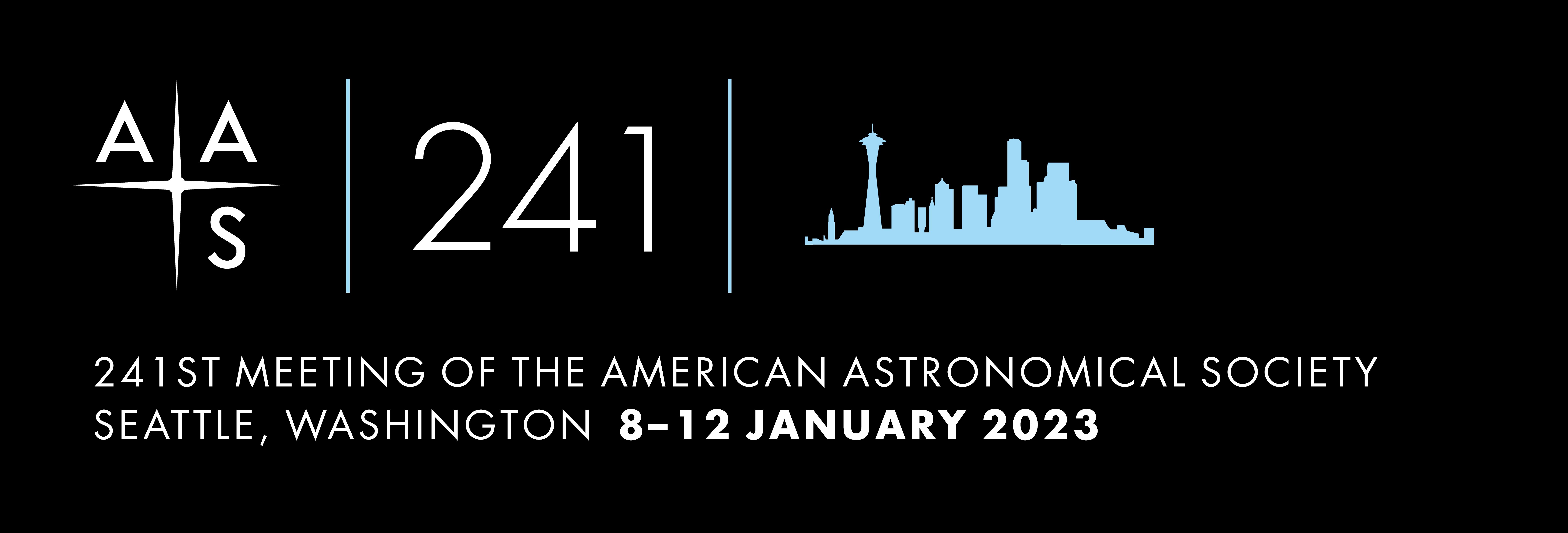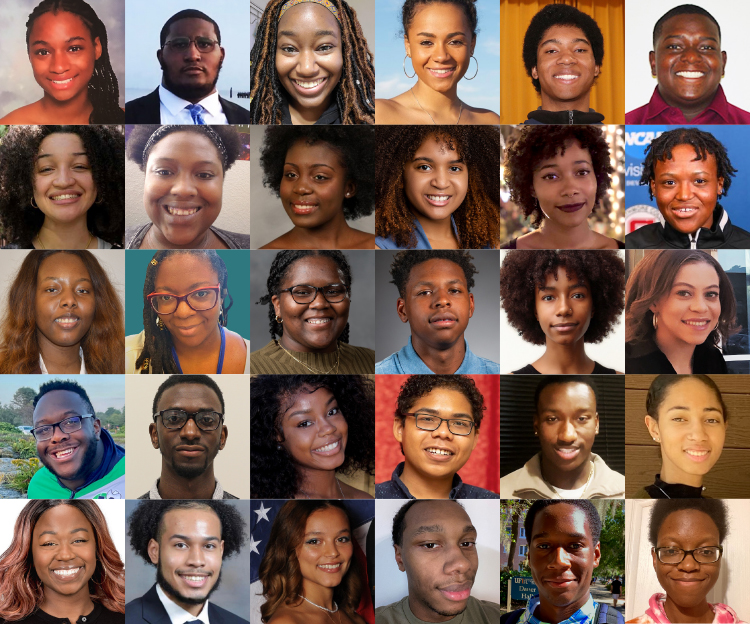Year-End Message from the Executive Director

Kevin Marvel American Astronomical Society (AAS)
The year 2022 is coming to a close, and your Society is continuing to make progress on the goals established by the Board of Trustees and Strategic Assembly and detailed in our Strategic Plan.
Our Strategic Plan serves as the framework for all we do — both for the AAS staff and for our volunteers serving on committees, on working groups, on task forces, and in leadership positions. Looking back on 2022 as a year of transition away from the pandemic-induced disruptions to our normal operations, it is clear we’ve made good progress on multiple items. First and foremost, we hired two new staff members, Tom Rice and Mildred Peyton, who respectively took on roles as our Education and Mentoring Specialist and DEI Committee Support Specialist. They both continue to learn how the AAS operates, establish close partnerships with the volunteers they serve, and partner with staff at other organizations. One important area of work that saw a significant boost this year was the TEAM-UP project, the result of a substantial, multi-society effort under the auspices of the American Institute of Physics. The project secured significant funding from the Simons Foundation and Simons Foundation International — $12.5 million dollars over five years — to support African Americans pursuing degrees in astronomy and physics through both direct funding to students and establishing supportive programs at key university and college departments. The first round of funding has already been awarded, and I’m thrilled to note that 10 out of the 31 initial scholarships went to students studying astronomy. This joint effort will have a significant impact, and the AAS is proud to be a supporting partner with the American Physical Society, the American Association of Physics Teachers, the Society of Physics Students, and the American Institute of Physics. A big thank you to the Simons foundations for stepping up to support this important work.
The AAS continues to adapt to the changing landscape in publishing and conferences, two key areas of activity for the Society that also represent much of the revenue for our organization. The AAS made a forward-thinking decision to transition its journals to open access starting this year. Pressure to make publicly funded research freely accessible — coming from funders and coalitions like Plan S, and motivated by the desire to disrupt for-profit publishers’ business models — is driving significant change in the scholarly publishing landscape and sweeping nonprofit scholarly publishers like the AAS along in the rough waters of changing policies. By transitioning our business model early on to embrace open access, we kept ahead of the US policy changes that are now playing out across the federal agencies that fund research. So far, our new model is successful: post-transition, we’re still seeing the same number of manuscripts submitted for peer review and publishing, and revenue supports the operating costs of the journals. We plan to share with the AAS community a description of how our publishing efforts work financially, similar to the information we recently shared about the business model and costs associated with our new hybrid conferences.

We are looking forward to an excellent meeting in Seattle. I think the program, developed by our Vice Presidents and our members, is one of the best we’ve had. So much is going on and so many interesting talks, presentations, and workshops are scheduled that it will be a challenge to figure out where to be at any given moment. Our Pasadena meeting was a tremendous success and represented one of our most-attended summer meetings. The enthusiasm and excitement of our community coming together in person after so many months of being apart were really energizing and motivating. We look forward to meetings in Albuquerque, New Mexico, in June 2023 and a winter meeting in New Orleans, Louisiana, in 2024.
On the policy front, although our John Bahcall Public Policy Fellow, Julie Davis, moved on to a new position with the American Physical Society this fall, we benefitted from her diligent work over her two-year term, especially in the area of satellite constellations. With the significant help and input of time from our Committee on Light Pollution, Radio Interference, and Space Debris (LPRISD) members, we have ensured that our voice is heard in the policy debate over the current and planned satellite constellations. Doing nothing is not an option, as the continuing population of the low-earth orbit environment with satellites is nothing less than an existential risk for astronomy from the ground. The LPRISD Committee will continue their work in the coming year on this important issue, and we are actively recruiting for a new Bahcall fellow to assist going forward.
I want to thank all our volunteer leaders for their committed efforts on behalf of our community and the AAS in particular. Hundreds of people devote hundreds of hours of effort to this organization, and every second of that donated time has a significant and positive impact. Thank you all! Additionally, I want to thank all our staff members, many of whom play important roles behind the scenes to make things happen with the least friction for our volunteers. Their dedicated work for the Society — many for a decade or even more — enables all that we do, and we could not make any progress without their often hidden efforts. I cannot thank them enough.
I also want to recognize Janice Sexton, AAS Journals Editorial Operations Manager, who will be retiring from the Society after 32 years of service to the AAS. Beginning in Tucson, Janice began working for The Astrophysical Journal under the leadership of then Editor in Chief Helmut Abt, continued under the guidance of Robert Kennicutt, and has spent the last several years supporting Ethan Vishniac while moving to three different locations — as the Editor in Chief moves, so moves their supportive staff. Janice has always focused on providing effective, personalized support for our authors and editors, helping in ways both large and small to make their work easier. I wish her all the best as she enters retirement and thank her on behalf of all those she has helped over the years, directly expanding and sharing scientific knowledge of the universe, a key part of our mission.
In closing, on 10 December this year, I crossed a significant milestone, exceeding former Executive Officer Peter Boyce’s term of service for the Society. Peter took on duties as Executive Officer on 1 March 1979 and retired on 10 August 1995, a term of 6,006 days or just under 16.5 years. I am happy to have had mentoring from both Peter and Bob Milkey, the third and fourth Executive Officers for the AAS, who helped me understand the complexities of the position and provided necessary advice at critical times. I could not have served as long as I have without their experienced input. I look forward to continuing to serve the AAS as long as the Board believes I am performing well, and I continue to enjoy each and every day of service as much as I have since 2006. I firmly believe that this organization is truly exemplary among scholarly membership societies. We must always strive to make improvements — and with the engaged leadership of our volunteers working hand in hand with our staff, I know that we will.
I hope to see you in 2023 at one of our meetings!
— Kevin B. Marvel
Executive Officer


